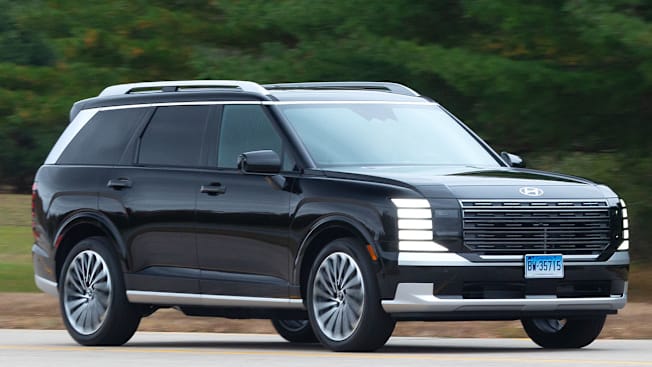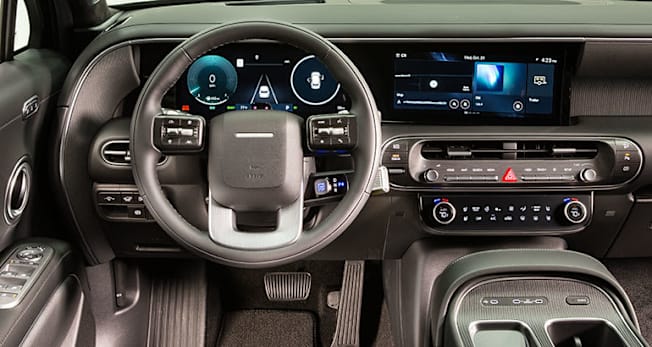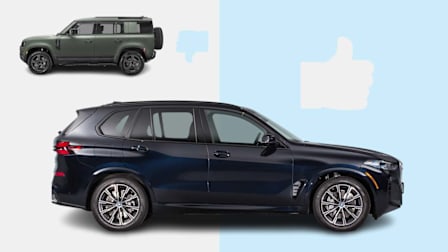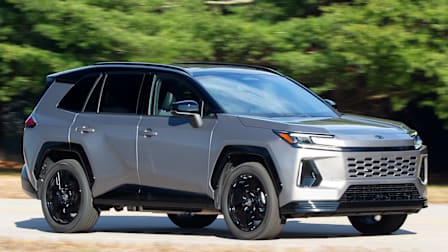First Drive: Is the 2026 Hyundai Palisade Better as a Hybrid?
Among three-row SUVs, only the Grand Highlander Hybrid offers similar fuel economy and interior space

We were excited when the top-of-the-line 2026 Hyundai Palisade Hybrid Calligraphy AWD we purchased from a local dealership arrived at our Auto Test Center. Big, family haulers are popular these days, as are hybrids. The Palisade Hybrid is the rare vehicle that fits in both categories.

Photo: John Powers/Consumer Reports Photo: John Powers/Consumer Reports

Photo: John Powers/Consumer Reports Photo: John Powers/Consumer Reports
The launch of the Hybrid is also the starter pistol for a two-horse race between the Hyundai Palisade Hybrid and the Toyota Grand Highlander Hybrid, which are currently the only three-row hybrid SUVs that sit on the larger side of midsized.
In addition to a detailed review, we plan to write a detailed head-to-head comparison between the Palisade and Palisade Hybrid, and between the Palisade Hybrid and Grand Highlander Hybrid as soon as testing is complete. In the meantime, CR members can read our initial thoughts.
What we bought: 2026 Hyundai Palisade Hybrid Calligraphy AWD
Powertrain: 329-hp, 2.5-liter turbocharged four-cylinder engine; 6-speed automatic transmission; all-wheel drive
MSRP: $58,780
Options: Floor mats ($245), cargo net ($60), cargo tray ($160), first aid kit ($45), cargo blocks ($30)
Destination fee: $1,600
Total cost: $60,995
Final assembly point: Ulsan, South Korea

Photo: John Powers/Consumer Reports Photo: John Powers/Consumer Reports




















